Community sports safe from lifetime concussion harm, study finds
New research suggests non-professional sports players are not at risk of lifelong neurological damage from concussions, and that contact sports players perform better cognitively than the average person.
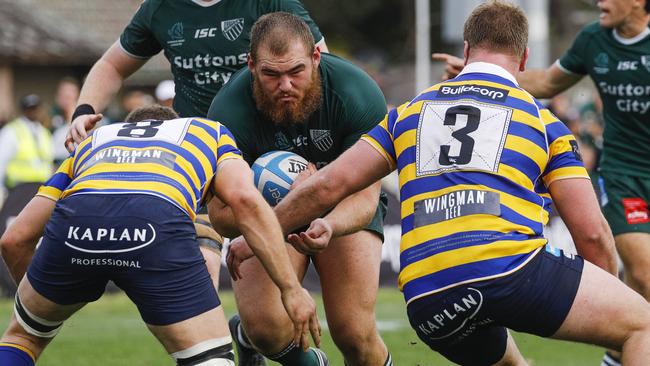
New medical research suggests non-professional sports players are not at risk of lifelong neurological damage from concussions, and that contact sports players perform better cognitively than the average person.
Research by the University of NSW, that analysed the long-term health outcomes of those who had suffered sports-related concussions (SRCs) earlier in life, suggests there is little to fear in the years following a concussion.
Seemingly at odds with findings of widespread cognitive damage neglected by Australia’s major sporting codes, the study delineates the health outcomes of the general population from findings of depression, sensory impairment and chronic traumatic encephalopathy in sports professionals.
Community sports advocates hope it will push more people to involve themselves in team sports, after prior research sparked hesitancy to participate.
Undertaken in collaboration with Harvard University and the Universities of Oxford and Exeter, the UNSW research was the largest study of its kind. It surveyed 15,000 UK nationals aged 50 to 90, and assessed their cognition.
From this pool, participants who had experienced an SRC in the past performed better than those with no concussion history, which UNSW researcher Matt Lennon argued indicated the cognitive benefits of sports participation.
“Having a head injury and seeing our favourite sports stars suffer injuries … puts a strong bias for us to avoid these contact sports in general,” Dr Lennon said.
“Whereas, probably the bigger risk to our cognitive health in the long-term is these silent, slow, chronic illnesses like being overweight or obese, which affects two-thirds of Australians, having high blood pressure or having diabetes.
“We hypothesise that there may be physical, social and long-term behavioural effects of sport that may make for healthier adults in late life.”
Dr Lennon argued that the evidence in favour of sports participation countered select messaging that urged excess caution towards lifelong outcomes from concussion, based on studies of professional contact sports players.
“The reality is the vast, vast majority of the population does not play professions of sports, and they don’t play sports at that velocity, at that intensity and with that frequency of head injuries,” he said.
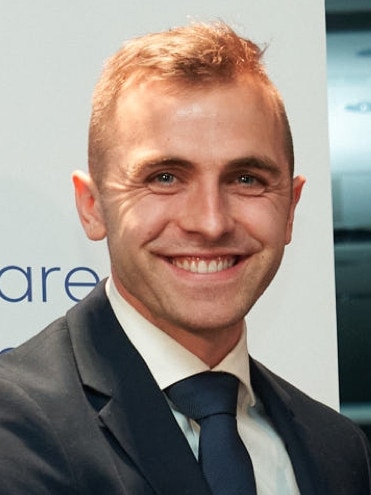
American neuropathologist Bennet Omalu’s research into CTE sparked a widespread re-evaluation of concussion risk, and inspired the 2015 film Concussion. Timed with the film’s release, Dr Omalu advocated for a blanket ban on children’s participation in American football.
“He said kids should not play contact sport at all because of risks of long-term neurological damage, and that was really in the face of a total lack of evidence about long-term cognitive outcomes in community sports,” Dr Lennon said.
“He didn’t have the evidence to back him up. What he did have was studies of NFL players … and I think that really has affected the conversation.”
Rugby union player Tom Robertson agreed that a hesitancy for children to play contact sports was detrimental to young people’s health.
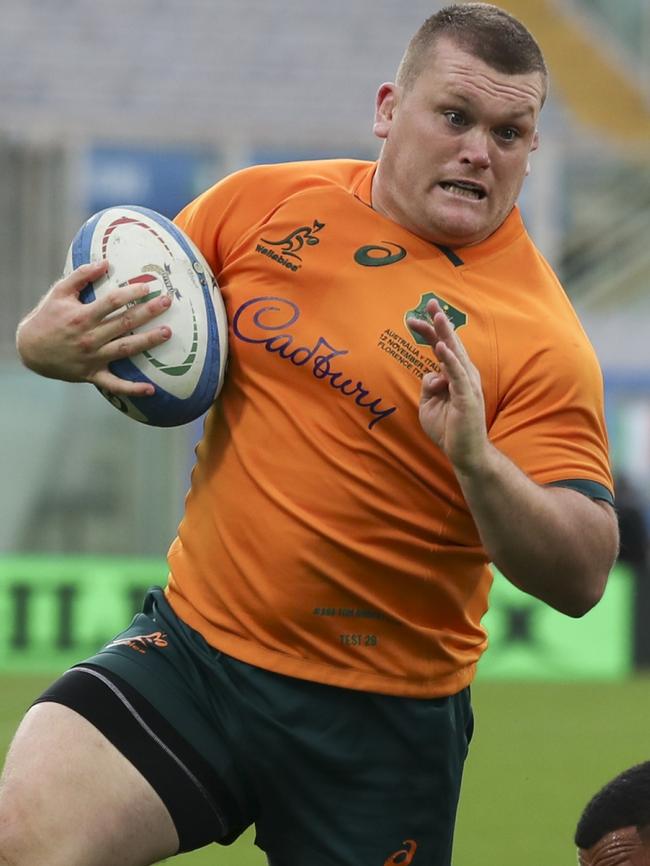
“I can’t tell you how many times I have been at a volunteer or sponsor event, (with) people who clearly love the game, and they aren’t letting their kids play rugby because of the risk of concussion,” Robertson said.
“The narrative around brain health in contact sports has been very one-sided. There are clearly benefits … such as through physical development, social connectedness and a sense of belonging, which has been ignored.
“While there are inherent risks in playing contact sports, they may be worth considering given the alternatives: many kids today are opting out of team sports, leading to increased social isolation, sedentary lifestyles, and reduced physical and mental wellbeing.”
Researchers across the four participating universities collected lifetime concussion histories.
Of the participants, 39.5 per cent had suffered at least one concussion in their lifetime; and 3.2 per cent had suffered a moderate to severe concussion. The findings were published in the Journal of Neurology, Neurosurgery and Psychiatry on Wednesday.
Dr Lennon hopes future research will focus on the outcomes of Australian participants and how outcomes vary by sex, age and ancestry.
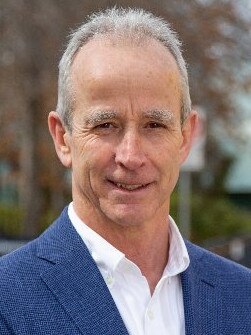
The Australian Institute of Sport’s chief medical officer David Hughes said the research was unlikely to change the national advice regarding mandatory time-off periods from youth and community sports after concussion incidents.
“The current national guidelines produced by the AIS in 2024 are about ensuring that athletes who receive a sport-related concussion do not return prematurely for acute reasons,” Dr Hughes said.
“It’s very important that we ensure that they fully recover before they resume sport for reasons that might occur in the next weeks, or months, not just about what might occur 30 years down the track.
“We also have to make sure that our messaging is balanced and evidence-based, and that we don’t cause such alarm that we have people withdraw from team sports.”



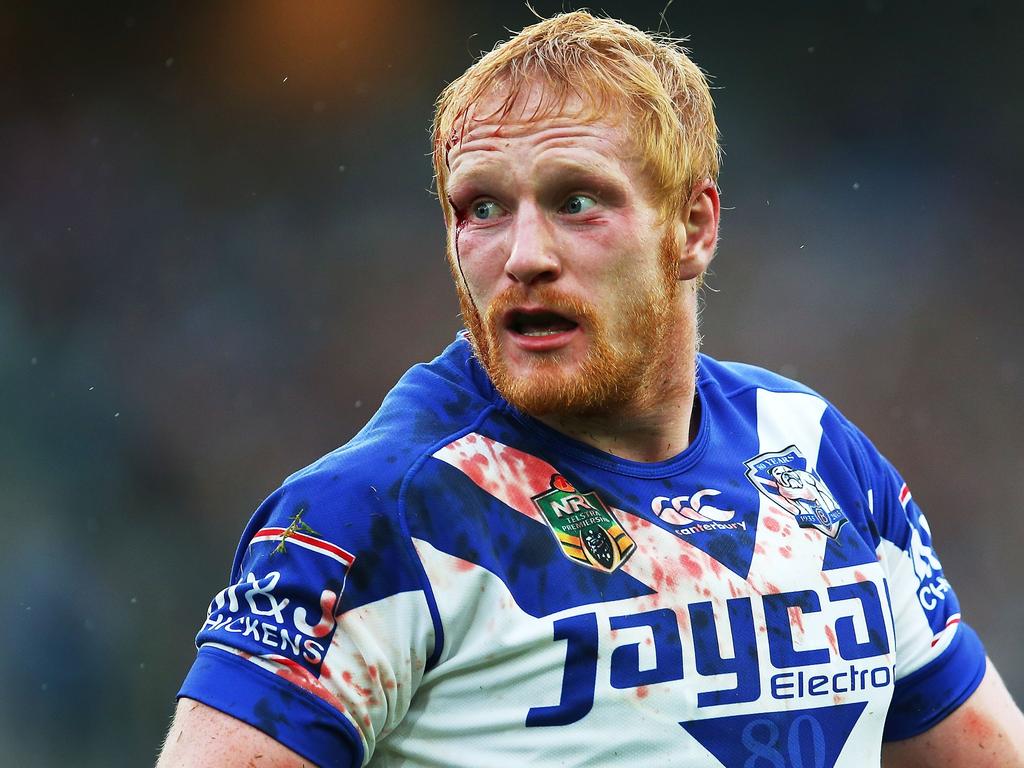



To join the conversation, please log in. Don't have an account? Register
Join the conversation, you are commenting as Logout